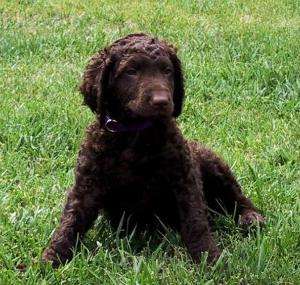
Curly-Coated Retriever
As the name suggests, the Curly-Coated Retriever has curly hair.In the absen···
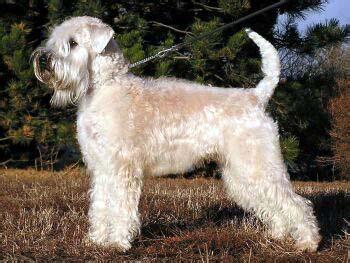
Soft-coated WheatenTerrier
Irish Soft Coated Terrier
The Irish Soft-Coated Terrier originated in the 18th century. The Irish Soft···
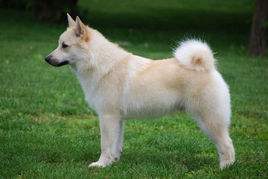
Norwegian Buhund
Norwegian Shepherd Dog
The Norwegian Shepherd Dog is a lively, studious, fearless guard.It is said ···
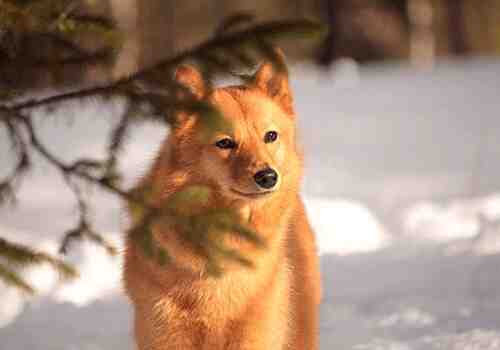
Finnish Spitz
Suomenpystykorva
The Finnish Spitz is a medium-sized working dog. Its English name is "F···
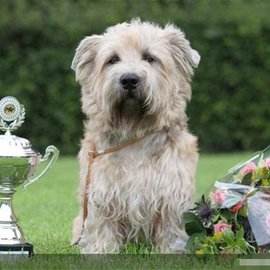
Irish Canyon Terrier
Wicklow Terrier
The Irish Valley Terrier is a small dog with medium-length hair and great st···
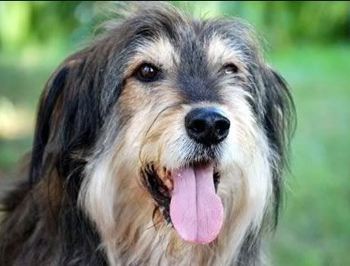
Otterhound
The Otterhound originated in the United Kingdom and is an amphibious hound.C···
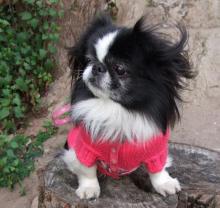
Japanese Chin
Japanese Spaniel
The Japanese Chin's ancestor is the Chinese dog, which, like the Pug and···
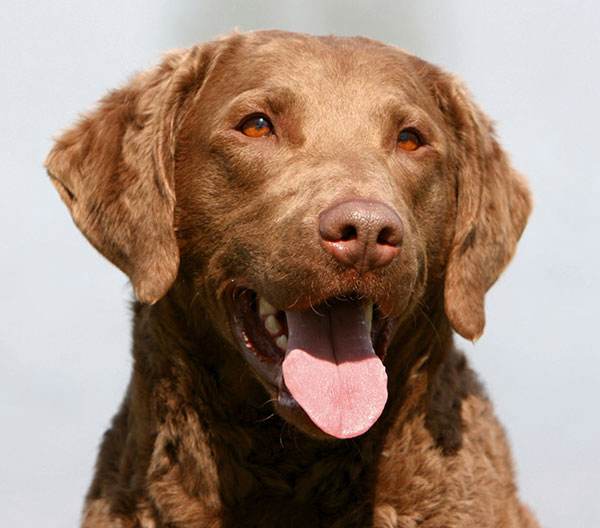
Chesapeake Bay Retriever
Chesapeake Hound
The Chesapeake Bay Retriever originated in England, but there are no complet···
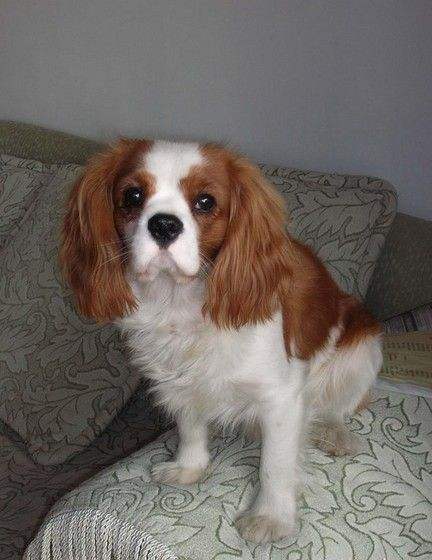
Cavalier King Charles Spaniel
King Charles Spaniel
The Cavalier King Charles Spaniel is a lively, elegant, well-proportioned to···
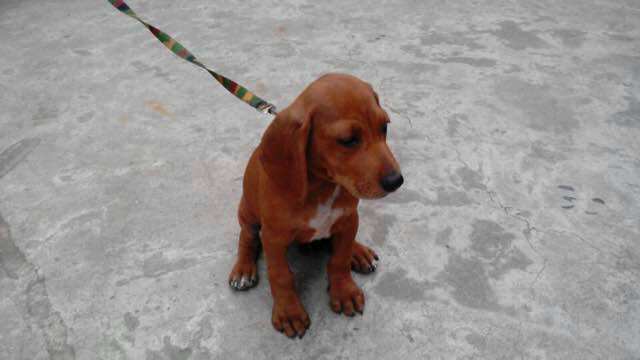
Redbone Coonhound
The Redbone Coonhound originated in the United States in the 19th century.At···
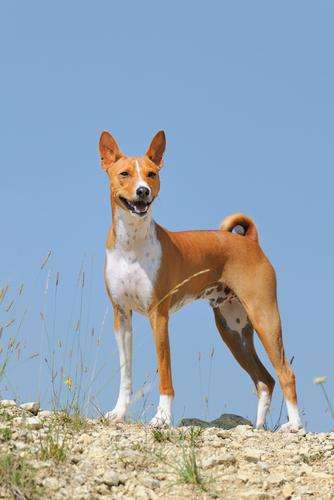
Basenji
Congo Dog, Barking Dog
Basenji, also known as Congo dog, is also called "barking dog" and···
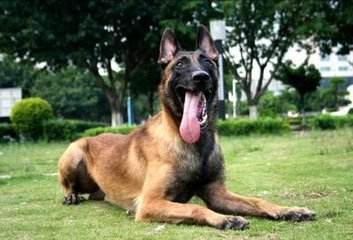
Malinois
Belgian Malinois
Malinois is a medium-sized dog.Malinois is one of the four types of Belgian ···

Czech Terrier
Bohemian Terrier
The Czech Terrier originated in the 1940s. Also known as the Bohemian Terrie···
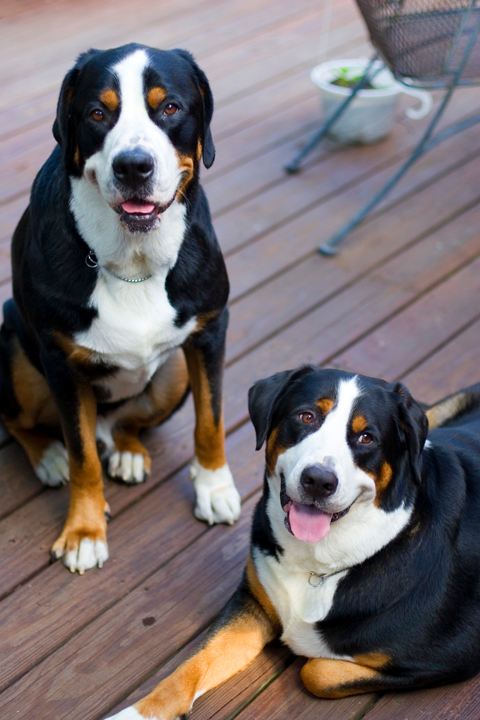
Greater Swiss Mountain Dog
Great Swiss Terrier
The Greater Swiss Mountain Dog is a working dog. This native Swiss dog is on···
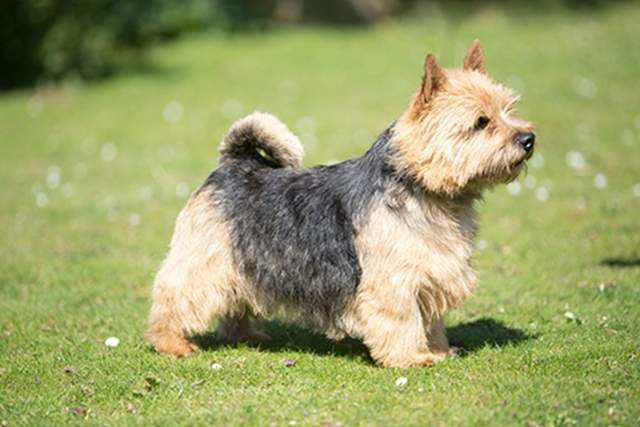
Lowchen
Little Lion dog,poodle
The Lowchen originated in France and is a true European breed. Their ancesto···
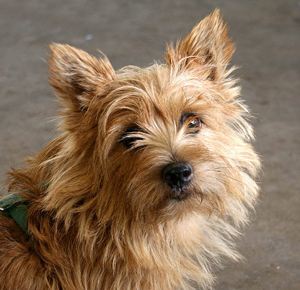
Norwich Terrier
Norwegian Terrier, Rottweiler Terrier
The Norwich Terrier is one of the smallest terriers.It is impossible to veri···
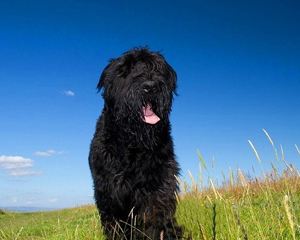
Russian Black Terrier
black terrier
The Russian Black Terrier is a large, powerful dog with lots of energy. It h···

Polish Lowland Sheepdog
Boer Shepherd
The Polish Lowland Sheepdog is a herding and guard dog that originated in th···
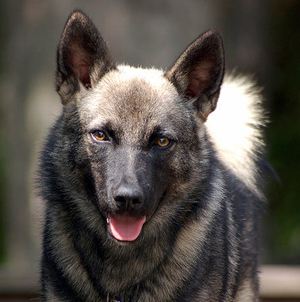
Norwegian Elkhound
The Norwegian Elkhound is a companion of the Nordic Vikings, the guardian of···
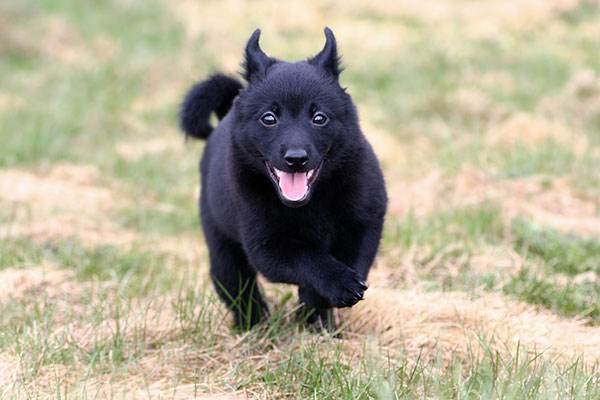
Sipaki
Canis lupus familiaris,Schipperke
The English name of the Schipperke is Schipperke, which is Flemish and means···
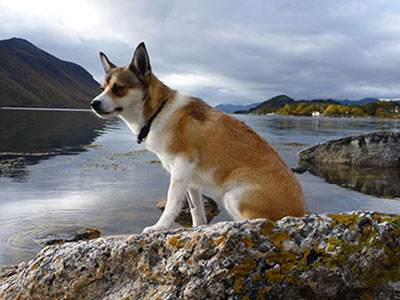
Lundehund
Norwegian Lundehund
The Norwegian Lundehund was once used to catch puffins, so it is also known ···
